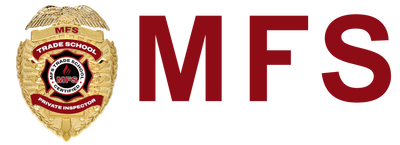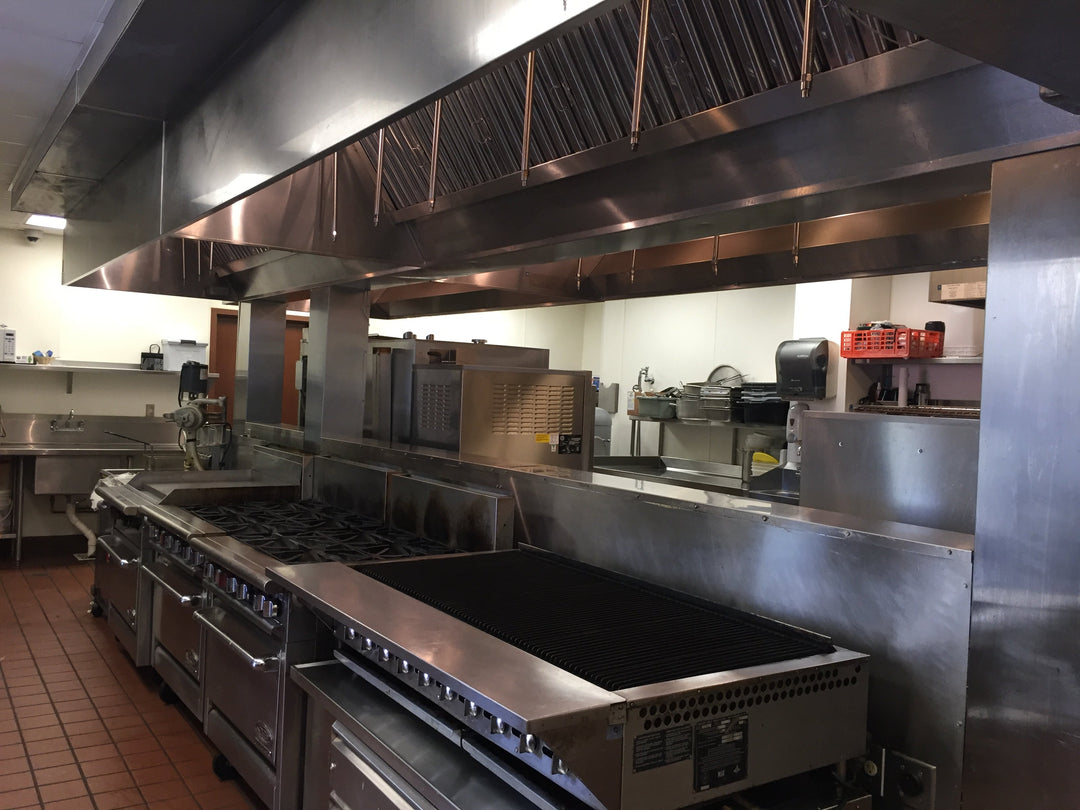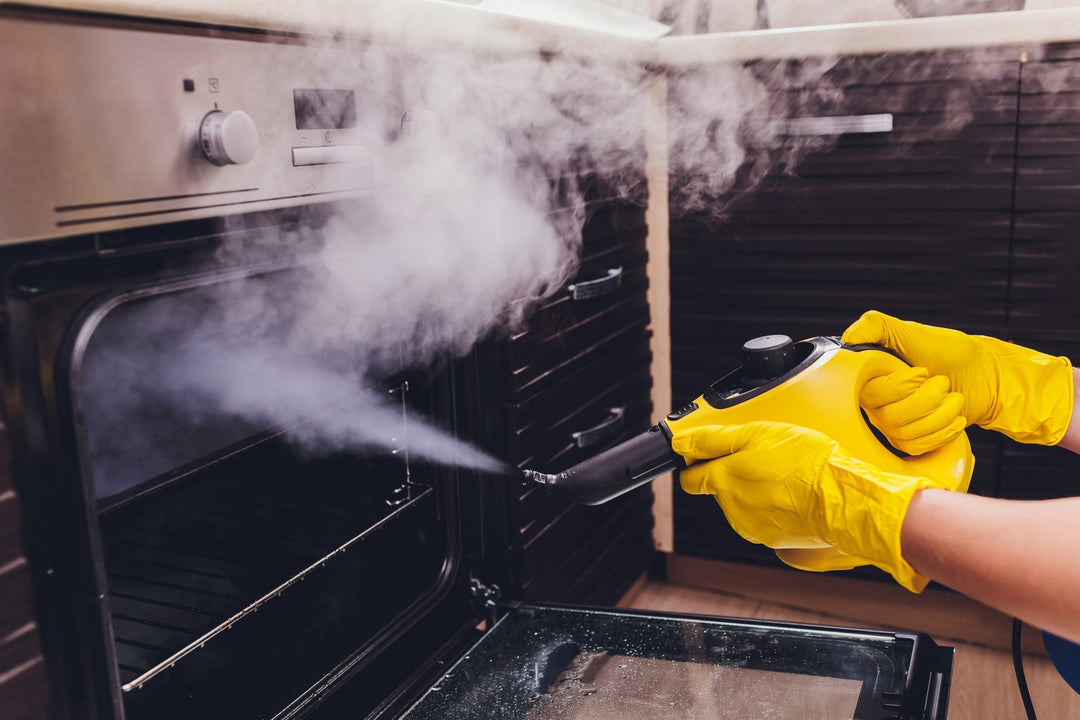Understanding Grease Buildup in Kitchen Exhaust Systems

In the bustling world of commercial kitchens, where culinary creativity thrives, an unseen threat lurks within the very systems designed to keep the environment safe and comfortable. This hidden menace, known as grease buildup, silently accumulates in kitchen exhaust systems, posing significant risks to the establishment, its staff, and patrons.
The consequences of neglecting this issue can be dire—from decreased ventilation efficiency and costly repairs to the ever-present danger of devastating kitchen fires. To effectively combat this problem, it is crucial to understand the science behind grease buildup and the factors that contribute to its accumulation.
By delving into the intricacies of this phenomenon, restaurant owners and managers can arm themselves with the knowledge needed to implement effective prevention and maintenance strategies. This proactive approach not only ensures a safer working environment but also contributes to the longevity and efficiency of the kitchen's vital exhaust system.
What is Grease Buildup?
Grease buildup, a common challenge faced by commercial kitchens, refers to the gradual accumulation of fats, oils, and grease (FOG) within the exhaust system over time. This process begins with the release of FOG particles during various cooking processes, such as frying, sautéing, and grilling. As these airborne particles travel through the exhaust system, they cool and condense, adhering to the surfaces of hoods, ducts, and fans.
Once the initial layer of grease forms, it becomes a magnet for further accumulation. The sticky nature of the grease attracts and traps more FOG particles, dust, and debris, leading to a snowball effect of buildup. Over time, this accumulation can grow to alarming levels, creating a host of problems for the kitchen and its occupants.
The rate at which grease buildup occurs varies depending on several factors, including the type of cuisine prepared, the frequency and volume of cooking, and the effectiveness of the kitchen's cleaning and maintenance practices. Kitchens that specialize in fried or high-fat dishes, operate for long hours, and have inadequate or infrequent cleaning schedules are particularly susceptible to rapid grease accumulation—a situation that demands immediate attention to prevent potential disasters.
Factors Contributing to Grease Accumulation
The accumulation of grease in kitchen exhaust systems hinges on several pivotal factors. Central to this is the culinary focus of the establishment. Kitchens dedicated to preparing foods rich in fats, particularly those that frequently use oils and butter, tend to generate substantial grease emissions. These emissions, laden with fine particles, are prone to sticking within the exhaust system, thereby intensifying the accumulation process.
The methods employed in cooking significantly influence grease accumulation. Techniques like deep frying, pan-frying, and roasting are known to produce higher levels of grease compared to methods such as poaching or steaming. These grease-intensive techniques lead to more substantial deposits within the exhaust system, necessitating more frequent maintenance to prevent buildup.
Moreover, the operational tempo and cooking volume of a kitchen play a crucial role in grease buildup. Establishments that serve a large number of patrons daily, such as those in busy urban areas, face a relentless influx of grease particles into their ventilation systems. This constant pressure can quickly overwhelm the system's ability to manage grease, making regular cleaning schedules essential to maintain optimal performance and safety standards.
Consequences of Grease Buildup
The presence of grease buildup in kitchen exhaust systems introduces multiple risks that extend far beyond operational inconvenience. Among these, the threat of fire looms large. Grease deposits, when left unattended, create an environment highly susceptible to ignition. A simple flare-up from the cooking area can lead to a fire that quickly engulfs the entire exhaust system, posing a grave danger to the establishment and its occupants as flames can spread through interconnected ductwork.
Fire Hazards
Grease deposits often go unnoticed until they pose a significant threat. Once ignited, fires within these systems can spread rapidly and undetected, causing extensive damage and putting lives at risk before containment is possible. This underscores the necessity for routine inspections and cleaning to mitigate such hazards.
Reduced Ventilation Efficiency
Grease accumulation also compromises the efficiency of kitchen ventilation systems. As these deposits grow, they obstruct airflow, resulting in suboptimal ventilation. This obstruction leads to increased heat, smoke, and odors, creating an uncomfortable and potentially hazardous kitchen environment. Additionally, the strain on HVAC systems, required to compensate for restricted airflow, results in higher energy consumption and operational costs. The increased load on these systems can cause premature wear, necessitating expensive repairs or replacements.
Compliance and Legal Issues
Failure to maintain exhaust systems in accordance with fire safety standards, such as those outlined in NFPA 96, can lead to significant legal and financial repercussions. Non-compliance risks include fines, failed inspections, and potential business closures enforced by regulatory authorities. Furthermore, in the event of a fire, insurance providers may refuse claims if it is determined that the grease buildup resulted from inadequate maintenance, leaving businesses vulnerable to substantial financial liabilities.
Preventing and Managing Grease Buildup
Addressing grease buildup necessitates a comprehensive approach that combines innovative solutions with routine interventions. Prioritizing regular professional cleanings remains essential in ensuring the exhaust system's longevity and safety. Skilled technicians, utilizing cutting-edge equipment, tailor their cleaning efforts to match the specific demands of each kitchen setting. The interval between these professional cleanings depends on several factors, including the establishment's cooking intensity and method—ranging from frequent monthly visits in high-activity kitchens to less frequent sessions where operations are more moderate. This approach effectively prevents grease from reaching levels that compromise safety and efficiency.
Staff Training and Best Practices
Equipping kitchen staff with effective grease management strategies is crucial for maintaining a safe environment. Training programs should focus on the critical role of exhaust system cleanliness and its impact on kitchen operations. Encouraging the implementation of effective grease-trapping filters can significantly reduce the amount of airborne grease entering the system. To maximize their effectiveness, regular inspection and maintenance of these filters are necessary.
Moreover, establishing robust protocols for FOG disposal plays a significant role in preventing excessive grease from entering the exhaust system. By fostering an informed and proactive approach to grease management, kitchen staff can help mitigate the associated risks and ensure a safer working environment.
Investing in High-Efficiency Equipment
Investing in high-performance equipment forms a cornerstone of effective grease management. Selecting exhaust hoods with state-of-the-art grease filtration capabilities can markedly reduce grease accumulation within ductwork. These advanced systems capture grease more efficiently, preventing it from adhering to the exhaust system's interior surfaces.
Additionally, automated cleaning technologies offer a supplementary solution to traditional methods, providing consistent results and reducing the potential for critical grease buildup. Properly calibrated and installed exhaust fans maintain optimal airflow, effectively minimizing the risk of grease accumulation. By integrating these technologies, kitchen operators can enhance operational efficiency and safety, ultimately reducing the hazards and costs associated with grease-related issues.
The Importance of Proactive Grease Management
A proactive approach to managing grease is essential for ensuring the longevity and efficiency of kitchen operations. By implementing a strategic maintenance plan, kitchens can significantly reduce the risk of fire incidents, creating a safer working environment for staff and customers. This forward-thinking approach not only enhances safety but also improves air quality and reduces the burden on ventilation systems, leading to decreased energy costs and prolonged equipment life.
Staying ahead of regulatory requirements is crucial for maintaining a kitchen's operational integrity. Regular assessments and updates to maintenance protocols ensure compliance with industry standards, thus avoiding potential legal issues. By addressing grease buildup before it becomes problematic, businesses can prevent interruptions and protect their investment in kitchen infrastructure.
Investing in ongoing education and training for staff is vital for effective grease management. By equipping employees with the latest knowledge and techniques, kitchens can tailor their maintenance strategies to meet specific challenges. This commitment to continuous improvement fosters a culture of safety and efficiency, enabling kitchens to operate smoothly and in alignment with best practices.
Understanding the science behind grease buildup empowers you to implement effective prevention and maintenance strategies, ensuring a safer and more efficient kitchen environment. By investing in the right equipment, training, and professional cleaning services, you can protect your business from the risks associated with grease accumulation. If you're ready to take your kitchen cleaning skills to the next level, explore our training and certification courses to start or grow your cleaning business—we're here to support you every step of the way.






